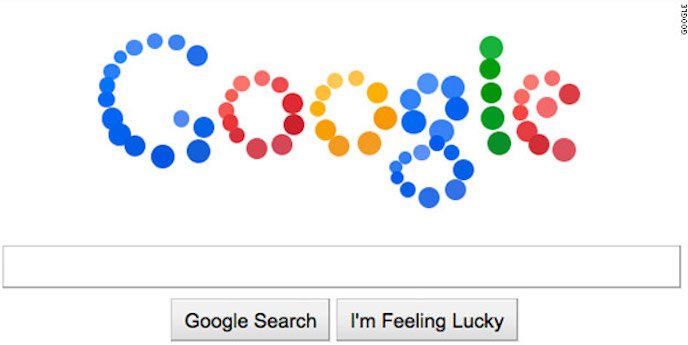In the 1st part of the series, we discussed how adding fresh new content can increase your Google rankings. Adding fresh content will build brand loyalty and increase the rate at which your website is indexed. This means you have a higher chance of your pages being listed within the SERP’s for specific keywords. This is all part of the freshness update within search engines and how Google rewards those blogs that constantly update information frequently. However, “freshness†can be defined in different ways and we’ve already discussed adding new content as one of them. Here’s what’s next…
In this 2nd part, we’ll look at how updating already published content can increase indexing rate and increase rankings. Let’s get started…

Freshness 2 – Reviving Older Content
If you’re a frequent blogger, then you’re going to have content that has to be updated. The more information you have online, then it constantly has to be updated to remain relevant. Technology has entered a state of constant change, which means, as a blogger, you need to stay relevant to keep building momentum. If you don’t stay ahead of the trend, your competitors will definitely begin to outshine you. Even though this might seem very tedious, you can leverage reviving content to your benefit.
Google has enjoyed success because of its ability to provide people with accurate search results. This includes ensuring people find the most up-to-date results. However, one thing Google can’t do is update content itself. The only control it has is what results it displays to those people searching for information. Google has left the job of updating information to those who have published content themselves. As a reward, they’ll reward you with faster indexing and higher rankings within the SERP’s.
Let’s review “3†ways to leverage updating past documents and how you can influence each element.
Number 1 – Size of Change
Here are some key points to pay attention to when referring to size of change. First, review old content daily and make immediate changes to the content where necessary. If you have a large website, then finding content that needs to be revived is NOT difficult. Secondly, interlinking within your content is important to follow your linking pattern. Look for ways to improve the internal link and make changes pointing it to updated information. If the page you’re pointing to needs to be updated, then quickly make that change. Next,
In reference to size, we are referring to how big each change cycle is. So every couple of months, I recommending trying to change 10% of all content. This way, you have a handful of pages being updated, which triggers an alert to Google.
Number 2 – Rate of Change
Here’s something cool to consider…
Make sure your homepage is constantly being updated, which, if you’re a blogger, you won’t have a problem doing at all. When you publish new content, your homepage will automatically change when you hit publish. Next, you can update categories, images, banners, etc., with new information. Categories are an awesome place to get started because it’s your central place to organize information. Whenever you publish a handful of content, go back, making sure they are organized under the right category. This will not only update the actual page, but the linking structure on the page.
Number 3 – The Importance
We all know that page authority plays an important role for ranking within the SERP’s. A high page authority will influence internal and external links on that specific page. If you can manipulate the importance of the page, then it’s a great way to achieve increase rankings and higher engagement. With this strategy, you’re essentially changing the value of the page to boost your rankings. Many people will agree this doesn’t fall under Google’s freshness update but you have to look at the following…
Freshness is how often specific elements change on a page, having a positive effect on the value. When you have more links or content added that increases the value, it can have a positive effect on your rankings. Your goal should be to skim through the pages that are of least value and make changes looking for ways to add value. This means internally linking to it from other pages and/or additional external links from authority websites that can be of benefit to the overall value of the actual page. Here’s what you should focus on going forward…
Making the right changes to any page to increase the overall “authority†so your rankings improve when your website gets re-indexed. You’re reviving the page so it will gain value later on.
